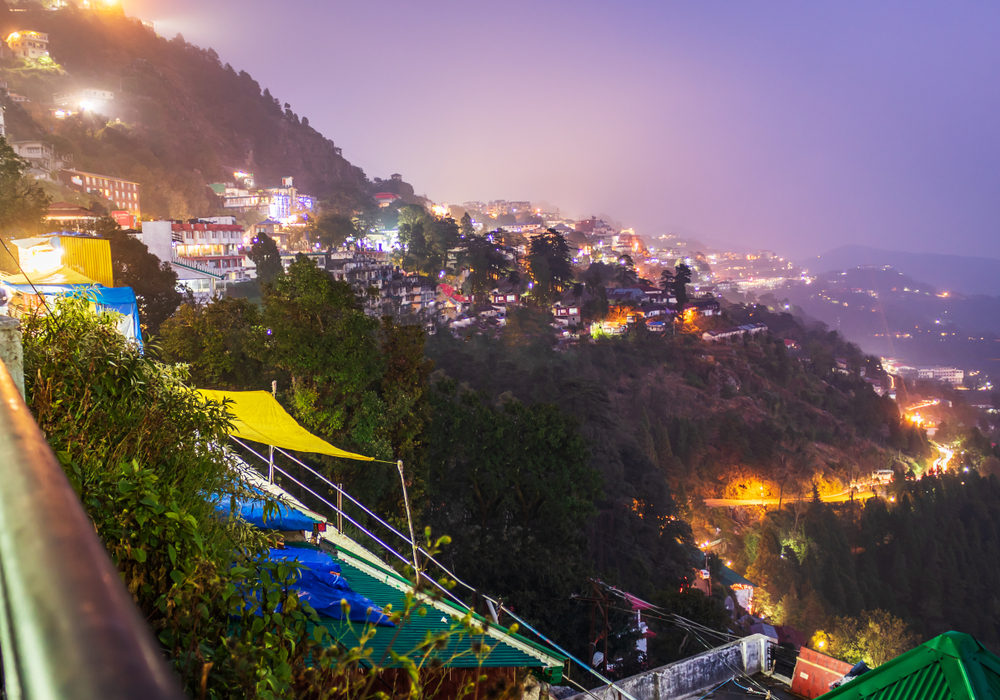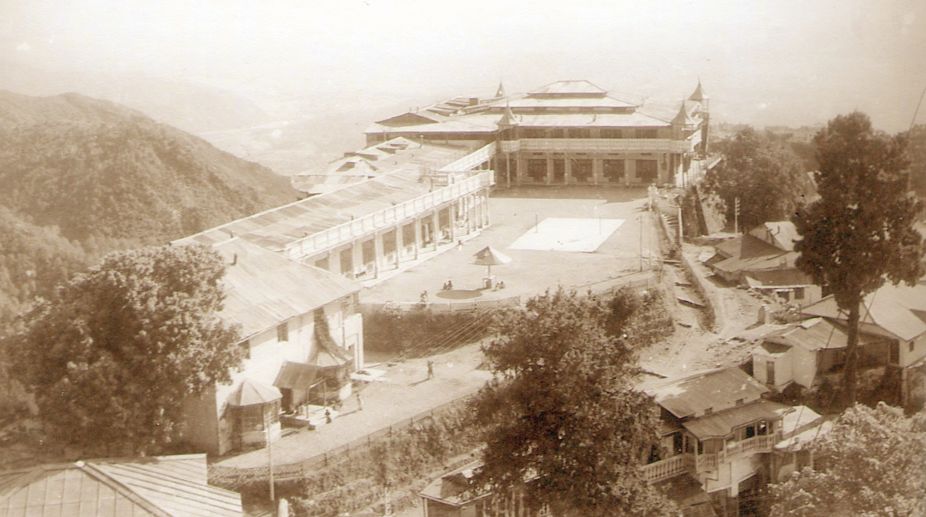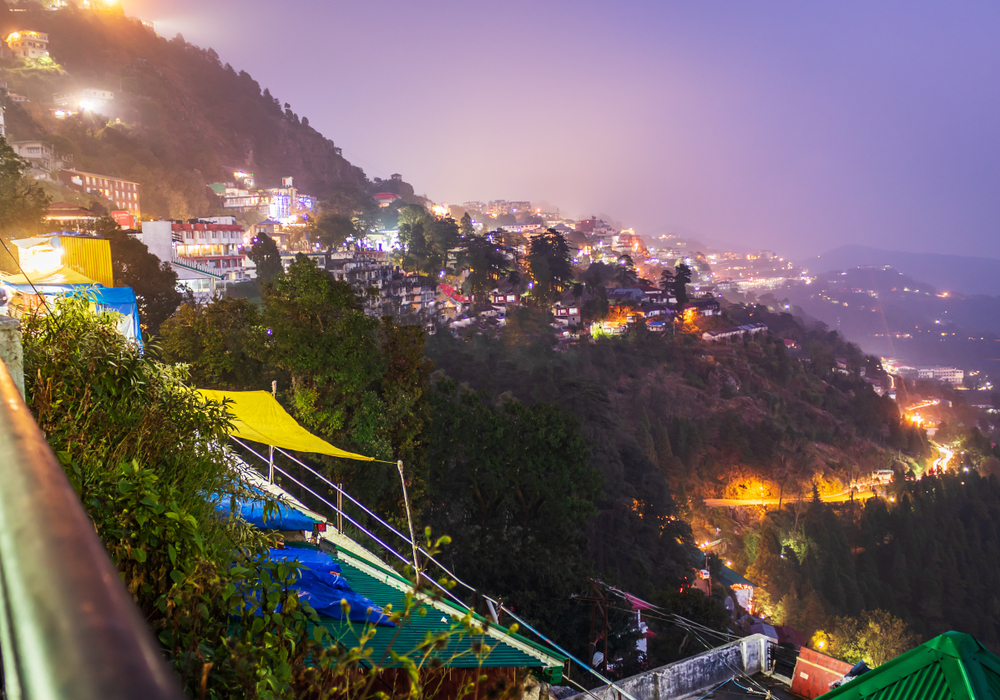Mussoorie’s Musketeers – The Three Fredericks of Mussoorie!
Mussoorie – A Must Visit for Mountain Lovers
Once a sleepy little escape for colonialists sick of the North Indian summer, Mussoorie is one of the most popular hill stations in the majestic Himalayas. Popularly known as The Queen of the Hills, Mussoorie is nestled in the foothills of the Garwhal Himalayan Range in Uttarakhand. Discovered in the early 1800s, Mussoorie has been a long-time favourite with the British and Indians alike.

Mussoorie is not just known for its cool climate during the sweltering summers. It also has a lot of attractions and hidden gems for visitors to check out. From the popular Camel’s Back Road named for the undulating incline and decline akin to the hump of the animal it was named for to hiking up to Lal Tibba for a spectacular view of this bustling hill station that just cannot be missed, Mussoorie commands rest and relaxation for all who visit.
But no history of Mussoorie is complete without a mention of the three Fredericks of Mussoorie!
Frederick Young and Frederick Shore
Mussoorie would not exist without the first two Fredericks in her origin story – Lt. Frederick Young and his companion, Frederick John Shore, the Joint Magistrate of Doon. Lt. Frederick Young of the East India Company had stumbled onto this picturesque part of the hills while on a hunting expedition with his friend. He was so enamoured by the natural beauty of the place, that he immediately set out with Frederick Shore to build a hunting lodge (or shooting box) on the now-famous Camel’s Back Road.
But that was not enough for the two Fredericks. Lt. Frederick Young then recommended the area as a perfect place for soldiers of the British Army in India who needed a peaceful environment in which to rest and recover from the vagaries of war. The Army took him up on the suggestion, constructing a convalescence home in nearby Landour, now part of Greater Mussoorie.

Soon, the area started developing into the modern Mussoorie we know and love today. Lt. Frederick Young himself settled in this new mountain town, constructing a residential bungalow he named “Mullingar” after the name of his home in his native Ireland. Roads, buildings, civic amenities and other allied infrastructure sprang up.
Lt. Frederick Young was the architect of Mussoorie’s initial identity as a getaway for the British and those who moved in their social circles. He also established Mussoorie’s military history – the first-ever Gorkha regiment was raised in the area under his aegis. In fact, while in this beautiful hill station, he introduced one of the most beloved treasures to any true-blue Indian foodie – potatoes! It is thanks to Lt. Frederick Young that potatoes were planted for the first time in the Himalayas. This hardy tuber continues to be cultivated in the region and consumed across the country with great relish.
“Pahari” Frederick Wilson
From the decorated to the daring, the third Frederick of Mussoorie was not an envoy of the British forces in India like Lt. Frederick Young or Frederick Shore, Joint Magistrate of Doon. Rather, he was very much the opposite – Frederick Wilson, later known as Pahari Frederick Wilson, was instead rumoured to be a deserter of the British Army, who took off just after the atrocities of 1857. He was called Pahari because of how easily he took to local life, even marrying a local woman called Gulabi with whom he had children.
After his desertion, Pahari Frederick Wilson settled in the Garwhal region where he soon went on to make his money in the timber trade. He then proceeded to marry the local beauty, Gulabi. In the 1850s, along with Gulabi, he constructed a residential mansion for himself and their growing family, called Wilson House. In total, Gulabi and Pahari Frederick Wilson had three children – Nathaniel, Charlie, and Henry who were raised as natives to the mountains and are still referred to by their local monikers. Naththu, Charli Sahib and Indri.
By this time, the construction bug had bitten Pahari Frederick Wilson. He built several bridges in the area for the benefit of the locals, the most significant of them being the suspension bridge he constructed over Jadh Ganga. He also had in the coming up of the famous Charleville Hotel, named for his middle son Charlie, which later became part of the IAS Academy.
Pahari Frederick Wilson also lent his name to the red, juicy apples this area is famous for. Wilson Apples are still a delicacy, visitors to the area indulge in to date and are much in demand by even those that are just travelling through.
Pahari Frederick Wilson remained a Pahari – a local – to the very end. He and his beloved wife are buried in a local cemetery in Mussoorie. Today, the story of Pahari Frederick Wilson is the stuff of local lore. Legend says that you can still find his spirit riding his horse down the mountains asking visitors to light his cigar!


